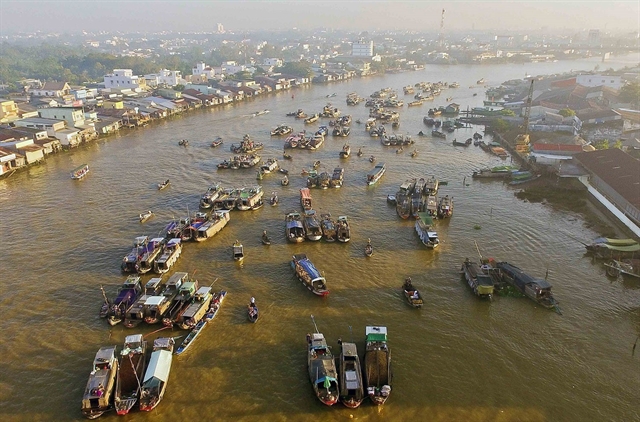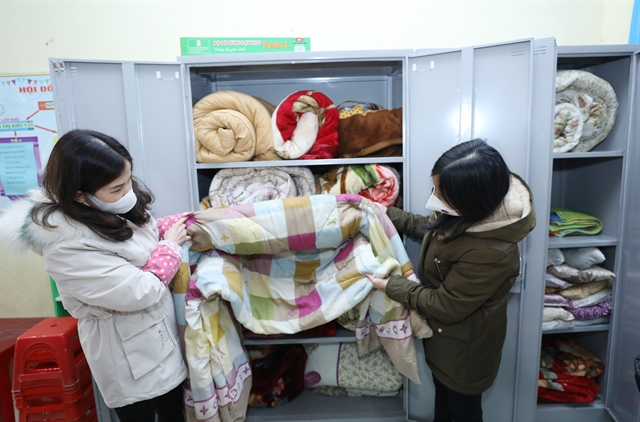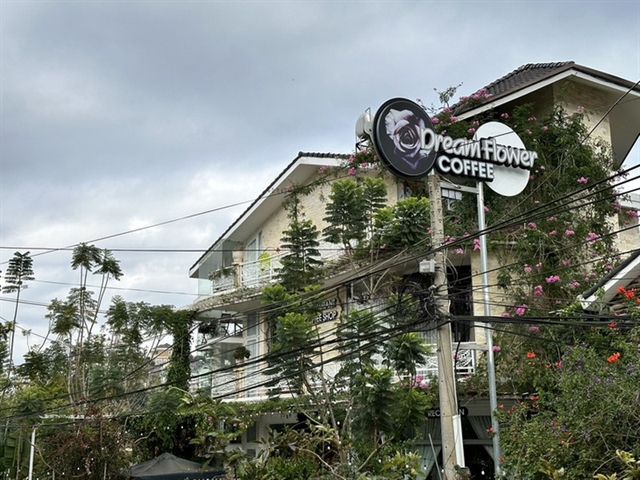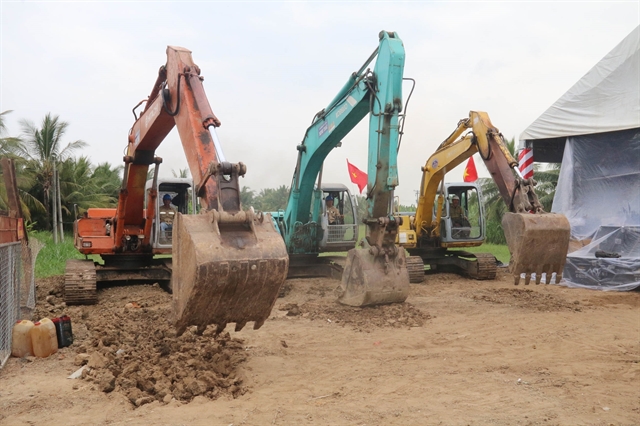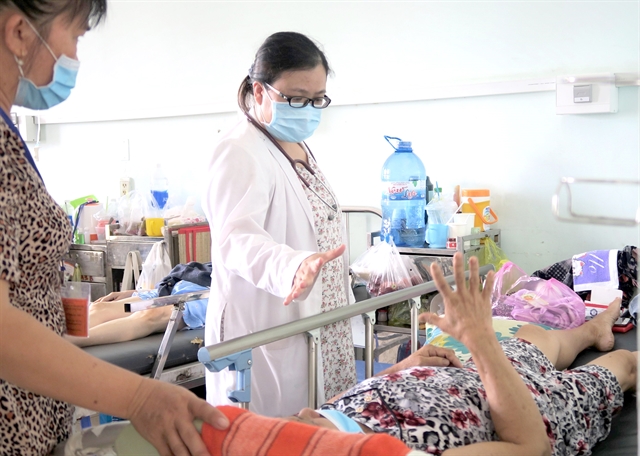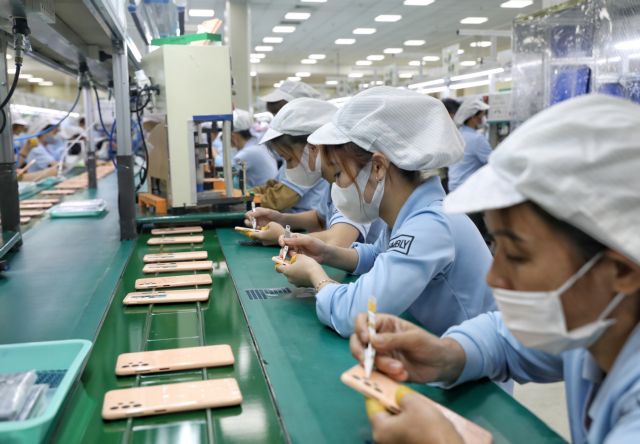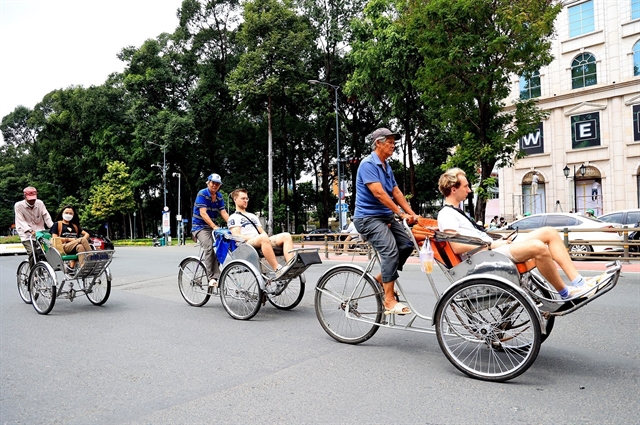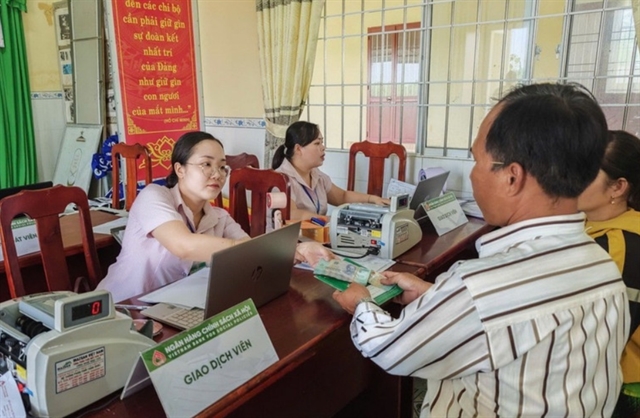
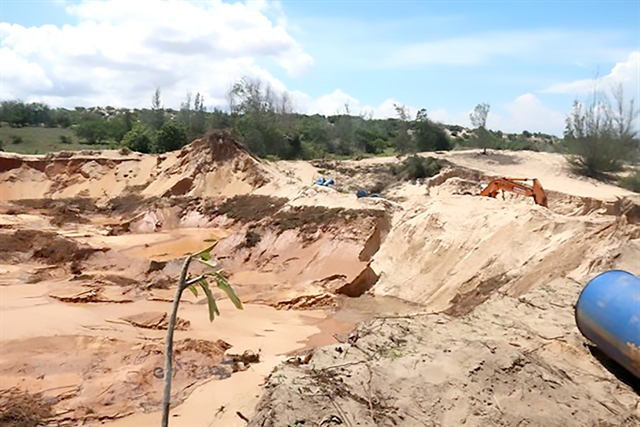 |
| A titanium mine in Thuận Quý Commune, Hàm Thuận Nam District in Bình Thuận Province. — VNA/VNS Photo Nguyễn Thanh |
BÌNH THUẬN — Authorities at different levels in the southern province of Bình Thuận have tightened measures to prevent violations related to mineral exploitation.
Titanium reserves in Bình Thuận Province are about 600 million tonnes, accounting for more than 90 per cent of the country's total titanium reserves.
However, after some titanium mining projects were recently licensed, many inadequacies and environmental problems appeared, causing public opinion concern, the Tin tức (News) newspaper reported.
Phan Thị Xuân Thu, deputy director of the Bình Thuận Department of Natural Resources and Environment, said that the province had issued 96 valid licences for mining minerals, of which 22 were construction stone quarries, 20 construction sand mines, 19 brick clay mines and 35 levelling materials.
Fifty-eight of them are in operation and 38 others have stopped or not yet been exploited.
The province has six valid titanium mining licences with a total area of 2,207 hectares. Three of them are being exploited.
It is regulated that the Ministry of Natural Resources and Environment manages titanium mines. Periodically, the ministry will inspect and check the mineral extraction activities.
Thu said titanium ore mining could cause adverse impacts on other economic sectors, such as tourism and agriculture, affecting people's lives and the coastal environment.
Moreover, mining has many potential risks related to labour safety.
Typically, recently, a sand landslide killed four workers at the Nam Suối Nhum titanium mine of the Tân Quang Cường Co Ltd in Thuận Quý Commune, Hàm Thuận Nam District.
Thu said that to overcome the existing difficulties and problems while serving socio-economic development, the province would review all mineral mines that are being exploited and finish exploitation and advise the provincial People's Committee to improve environmental status.
The department would promptly notify localities and businesses when the mining licence expired to request the termination. Mine closure will be conducted for environmental rehabilitation according to regulations.
With the same view, Lương Thanh Sơn, chairman of the Bình Thuận Union of Science and Technology Associations, said that titanium mining and processing projects needed to be further researched.
The research should be about solutions for saving water in exploitation and planting trees, creating a new landscape right in the areas that have been and are being exploited.
Mining enterprises must be responsible for combining mining with environmental protection according to plans approved by the competent authority.
They are also responsible for compensating and supporting organisations and individuals who donated their land to implement mineral mining projects following the Law on Land and other concerned laws.
Some mineral experts from the Bình Thuận Union of Science and Technology Associations suggested the Ministry of Natural Resources and Environment soon build a mineral reserve area in the province to serve economic development projects.
Planning bidding areas to select suitable investors for large-scale projects is necessary.
Proposals
Hoàng Văn Khoa, deputy chairman of the Việt Nam Geology Association, proposed the State have more preferential policies and reduce administrative procedures to create conditions for enterprises in mineral exploitation.
The State should encourage green mining. The mining must ensure minimising the environmental impact, and it is necessary to have a realistic assessment of mineral reserves.
For slow projects, they must have an additional backup plan.
Nguyễn Thành Sơn, an independent consultant, suggested strengthening investment promotion so that enterprises can have the opportunity to learn and exchange experiences.
Nguyễn Thị Phương Mai, deputy director of the Institute of Environmental Science under the Ministry of Natural Resources and Environment, said that most of the mining waste dumps were poor soil and bare land, so energy crops could help expand tree planting areas, prevent erosion, increase biodiversity and reduce greenhouse gases.
In addition, the energy crops will improve the economic value of the mine dumps by creating new energy sources such as biogas and biofuels to process fuels for thermal power plants and create active feed sources for livestock.
Experimental planting showed that some crops had growth potential, such as VA06 grass or cassava interspersed with green beans. However, the growth rate fluctuates greatly, depending on the physical and chemical properties of the landfill area.
As an officer of one of the units planting energy trees in environmental rehabilitation and restoration at the Núi Pháo Mine in Đại Từ District, Thái Nguyên Province, Trương Thế Mạnh, head of the Environment and Sustainable Development Division under the Núi Pháo Company, said that in phase one, from 2016 to 2018, the company found suitable trees to improve soil, prevent erosion, restore the environment before closing the company’s mine.
The company also researched and developed bioenergy sources to reduce greenhouse gas emissions and adapt to climate change.
In phase two, 2020-22, the company researched the possibility of renovating land where energy crops were planted in phase one.
Before planting trials, the company took samples to analyse the soil's heavy metal content and nutrients and access biodiversity and biomass of acacia hybrid and grass VA 06.
The results showed that hybrid acacia and grass VA 06 were suitable for mine soil, have a good anti-erosion effect, fast growth and developed roots of 50-80cm. — VNS

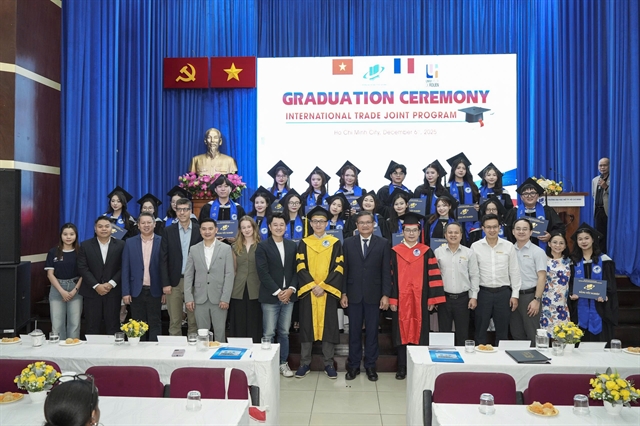


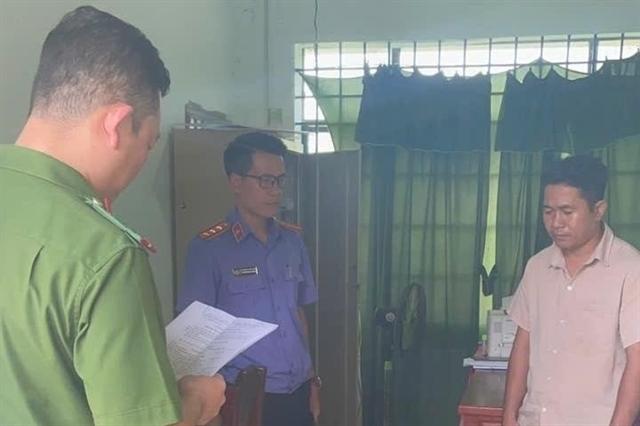
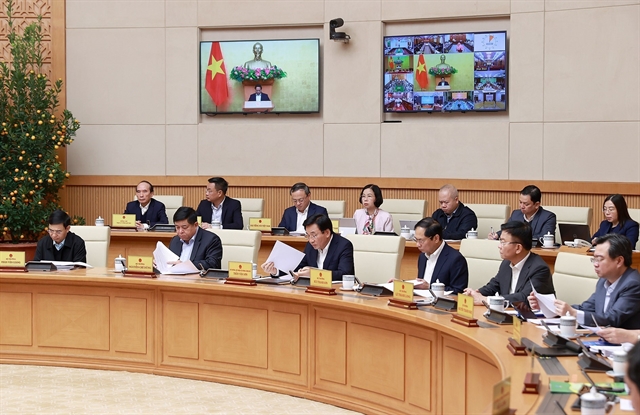
_med.jpg)
